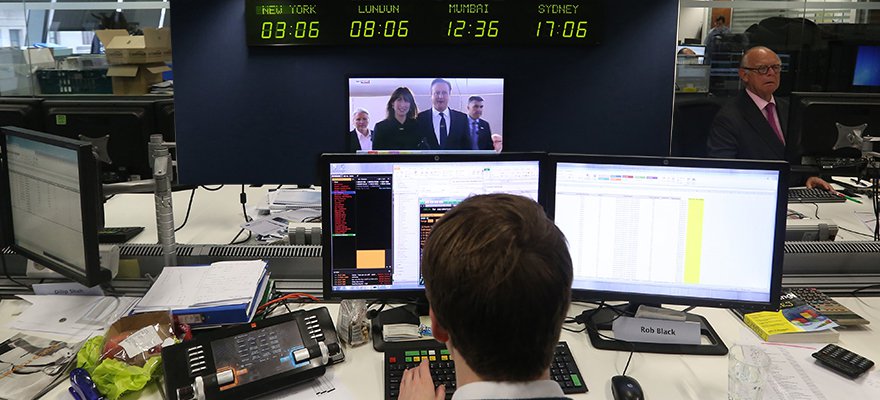Today’s finance organisations are riddled with fragmented manual processes and CFOs are increasingly concerned about undetected errors (including their own), lack of collaboration and accountability and inefficient workflow.
To unlock the Asian market, register now to the iFX EXPO in Hong Kong.
Last minute changes and inconsistent information are two major causes for errors. Too many finance functions rely on data collected during in-person meetings and often from more than 6 different sources. Yet, manual processes are not the only problem. Multiple contributors, Compliance demands and mounting deadlines add to the stress too.
[gptAdvertisement]
So, how can finance teams best manage their external reporting process and avoid errors? The answer may well lie with technology. Producing the company results is a time consuming and highly stressful exercise which unfortunately doesn’t end when financial statements get approved.
Communication
There is still the process of communicating the results to your stakeholders, from the executive team to the board of directors, investors and regulators. And they want more than just accurate numbers. They also want to read the story that the numbers tell about the business. If this weren’t enough, each stakeholder has a different point of view and this makes it challenging and potentially risky to meet the needs of everyone.
Communicating with external stakeholders involves different departments across a company, from finance to HR, risk, IT, etc. and can take different forms that can either be a press release, an investor deck or a board book.
When data is manually inserted into a system, there is always a degree of risk involved. If numbers from disparate, incompatible operating systems or applications need to be recombined into another, versioning issues arise. Questions may be raised concerning accuracy and even the objectivity of data may come into question if it passes through too many layers of hands.
It’s the finance team’s responsibility to pull together all the data from the various departments. The problem is, finance doesn’t own the data so tracking it down can be time consuming and error-prone. Workflows and audit trails increase accountability and decrease risk. It is therefore essential to give the content and consumers of your reports alignment, accuracy and confidence.
Regulation Necessitating Change
The worst part of the reporting process is that is has to be done over and over again. It’s not a one-off operation but instead happens every month and every quarter. It’s a time consuming, manual and repetitive process that takes away from other value-added activities.
And the reliance on manual processes can lead to a lack of data consistency and control. With regulatory mandates intensifying the need for change, having the right systems and processes in place in the form of a reliable, unified corporate performance management platform, can be the solution to reporting process headaches and a cure for CFOs sleeplessness.
The right platform shouldn’t require major technology investments or significant process redesign as you should be able to easily map it into your existing IT architecture.
Automating your reporting process means having one source for multiple reports, one database for accuracy and consistency, a repeatable process that saves time and resources, the financial intelligence to ensure accuracy and workflow to manage many people across many departments.
An effective unified system should enable all the above allowing you to communicate your numbers to all your stakeholders accurately, timely and simply and, by doing so, to reduce your financial reporting risks. Technology can help CFOs stay in control of the financial reporting process – and get a good night's sleep!
This article was written by Nick Nesbitt, managing director at Tagetik UK

















